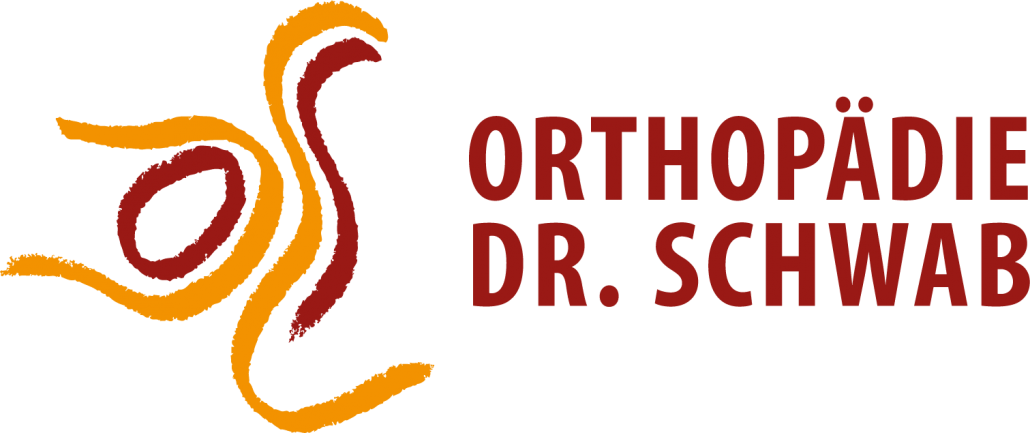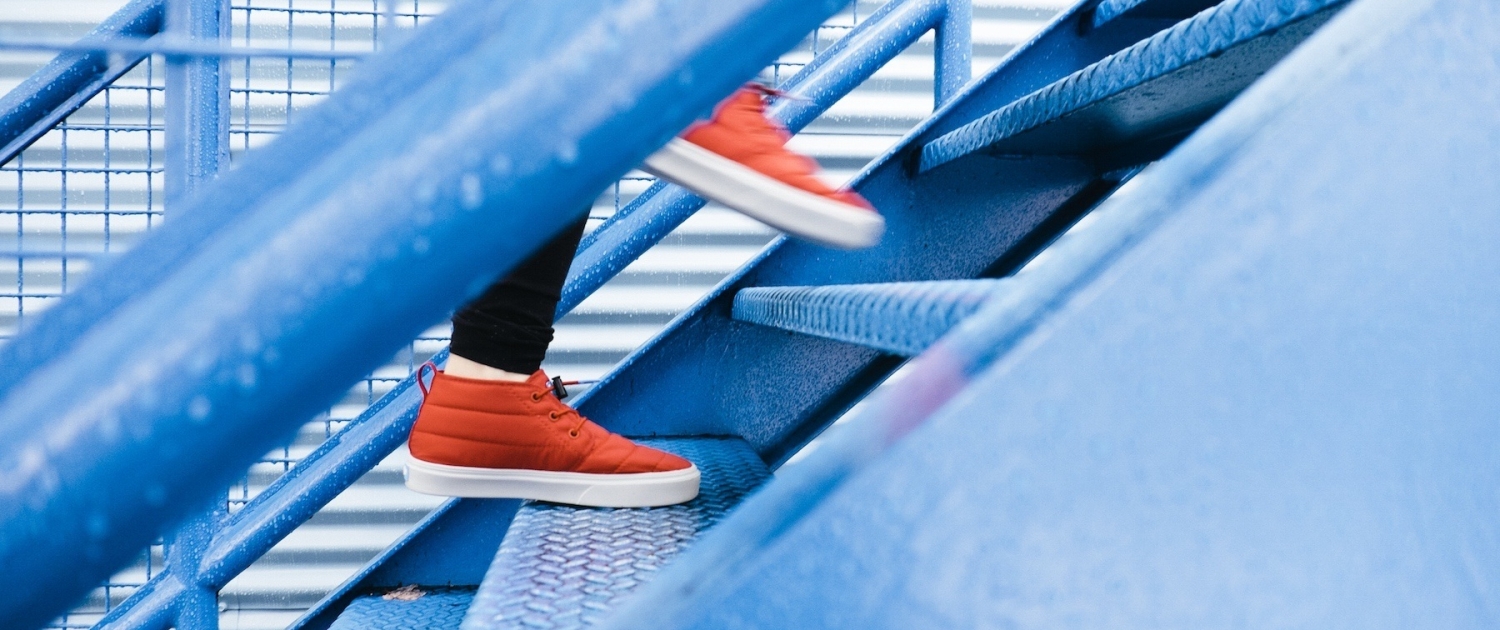The Foot
The foot consists of the tarsal bones, metatarsal bones, phalanges; muscles, tendons, ligaments and joints.
Many complaints of the foot such as flat foot, splay foot, painful limitation of mobility in the basal joint of the big toe (metatarso-phalangeal joint) (hallux rigidus), angulatory deformity of the big toe (hallux valgus) – also known as exostosis, chilblain or bunion – or hammer toes, can be initially treated well in many cases by the use of appropriate arch supports. However, if the patient experiences excessive hindrance or pain, various surgical corrective procedures are available for the treatment of these conditions.
Examples:
Forefoot
Hammer toe: Flexion deformity of the joint between the phalanges and a toe.
Surgery: Removal of the head of the phalanx Duration of in-hospital
stay: usually 2 days
Follow-up treatment: Rest and frequent elevation of the foot for a few days, bandage for 2 weeks, otherwise no special post-treatment or special shoes are needed
Hallux valgus: Angulatory deformity in the basal joint of the big toe; it is usually caused by a splay foot
Surgery: Correction is performed in the first metatarsal bone. The head of the first metatarsal bone is shifted towards the second metatarsal bone.
Duration of in-hospital stay: about 3 to 4 days after the operation
Follow-up treatment: A special shoe has to be worn for 6 weeks.
Hallux rigidus: Abrasion (osteoarthritis) in the basal joint of the big toe accompanied by painful limitation of mobility – sharp pain during heel-toe walking.
Surgery: Depending on the quality of bone, the degree of abrasion, the patient’s demands and age, several surgical procedures are available: shortening of the proximal phalanx of the toe, artificial ankylosis (stiffening) of the joint, artificial joint or even joint-conserving surgery. The duration of the in-hospital stay and the follow-up treatment is usually similar to that for hallux valgus: 3 to 4 days after surgery
Splay foot: The metatarsal bones spread out in a fan-shaped manner.
A splay foot is quite often the reason for the emergence of hallux valgus or pain on loading below the head of the second, third and even fourth metatarsal bones (metatarsalgia). When the patient experiences pain at this site these metatarsal bones can be shortened.
Duration of in-hospital stay: about 3 days after surgery
Follow-up treatment: Special shoe for 6 weeks
Mid-foot and hindfoot:
Flat foot: The longitudinal arch of the foot is buckled.
Surgery: Several options, depending on the cause and severity: Lengthening the outer aspect of the foot or shortening the inner aspect of the foot. The aim is to straighten up the longitudinal arch of the foot.
Duration of in-hospital stay: about 10 days after surgery Follow-up treatment: Usually significantly longer than the follow-up treatment required for the above mentioned types of forefoot surgery. A plaster cast, special shoe, partial load-bearing or complete de-loading of the foot are needed.
Heel spur: Pain at the heel when stepping: The reason is irritation of a solid connective tissue plate at its point of insertion in the heel.
Surgery: Detachment of the ligament from the heel Duration of in-hospital stay: usually 2 days Follow-up treatment: Rest and frequent elevation of the leg for 2 weeks.
After all of the above mentioned operations, suture removal is performed 10 to 12 days post-surgery. Surgery on the forefoot and the heel spur are usually performed in local cryo-anaesthesia (local anaesthesia). The more extensive surgery in the mid- and hindfoot is performed in general anaesthesia or spinal anaesthesia – depending on the patient’s preference.
This page is also available in: Deutsch



